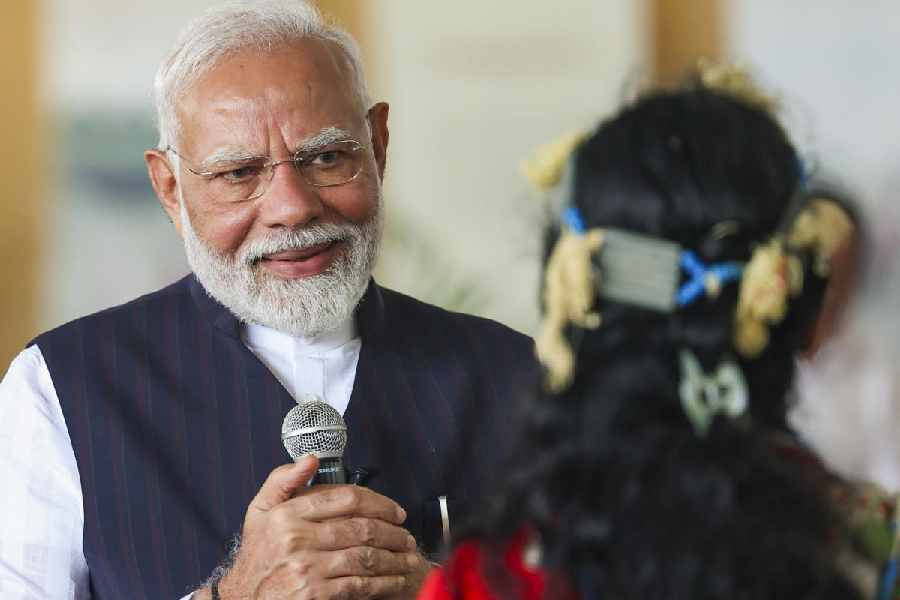The central government has created five more districts in the Union Territory of Ladakh, raising their number from two to seven.
The move, coming amid demands from Ladakh’s Muslim and Buddhist communities for statehood and special status, has been welcomed by many in the Union Territory, but its “distinct religious bias” has caused fresh tensions.
Kargil leader Sajjad Kargili underlined that four of the five new districts had Buddhist-majority populations and that Ladakh’s most populous area, the Suru Valley, had been ignored (not carved into a separate district).
“In pursuit of PM Shri @narendramodi Ji’s vision to build a developed and prosperous Ladakh, the MHA has decided to create five new districts in the union territory,” Union home minister Amit Shah announced on X.
“The new districts, namely Zanskar, Drass, Sham, Nubra and Changthang, will take the benefits meant for the people to their doorsteps by bolstering governance in every nook and cranny. The Modi government is committed to creating abundant opportunities for the people.”
Modi too said: “Zanskar, Drass, Sham, Nubra, and Changthang will now receive more focused attention, bringing services and opportunities even closer to the people. Congratulations to the people there.”
Former Ladakh MP and BJP politician Jamyang Tsering Namgyal thanked the Prime Minister for his “visionary decision”.
Kargili welcomed the decision but said that ignoring the Suru Valley of Kargil was an injustice.
“The Suru Valley is the most populous area among all these places where nearly 25,000 people live. Also, there was a strong demand (to be turned into a separate district) there. They have given districts to places where there was no such demand,” he told The Telegraph.
Kargili said a couple of the new districts would have populations of just around 10,000 each.
“There will now be two Muslim-majority districts, Kargil and Drass, and five Buddhist-majority districts,” he said.
Among all the new districts, the demand for district-hood had been the strongest in Buddhist-majority Zanskar, which is part of the Kargil district now.
Ladakh at present has two districts, Kargil and Leh. Kargil has been split into three districts and Leh into four.
Ladakh had a population of 2.77 lakh according to the 2011 census. Muslims, overall, were the single largest community with 47.4 per cent of the population, while Buddhists made up 45.9 per cent.
Kargil, with 1.4 lakh people, had a larger population than Leh (1.37 lakh). Leh, however, accounted for more than three-fourths of Ladakh’s area of 59,146sqkm.
Kargili said the way the districts had been carved up was discriminatory, the objective being to placate the Buddhists.
The Buddhists had voted for the BJP in the 2014 and 2019 general elections but, along with the Muslims, they are now angry at the denial of more rights to the region, including statehood and special status.
A Ladakhi leader said such measures (new districts) meant nothing unless the region was given its own legislative assembly.
“Otherwise, it means they are creating more layers of bureaucracy. This region is unsafe for local people unless we have statehood and our land and jobs are safe,” he said.
Congress communications chief Jairam Ramesh asked whether the new districts would have their own autonomous hill development councils like the undivided Leh and Kargil districts now have.
“Presently, the two existing elected Autonomous Hill Development Councils have control over less than 10% of the total expenditure allocated to Ladakh, the balance 90% being under the control of the LG and the bureaucracy. Will the elected AHDCs have a much more meaningful and relevant say in how budgets are spent?” he asked.










